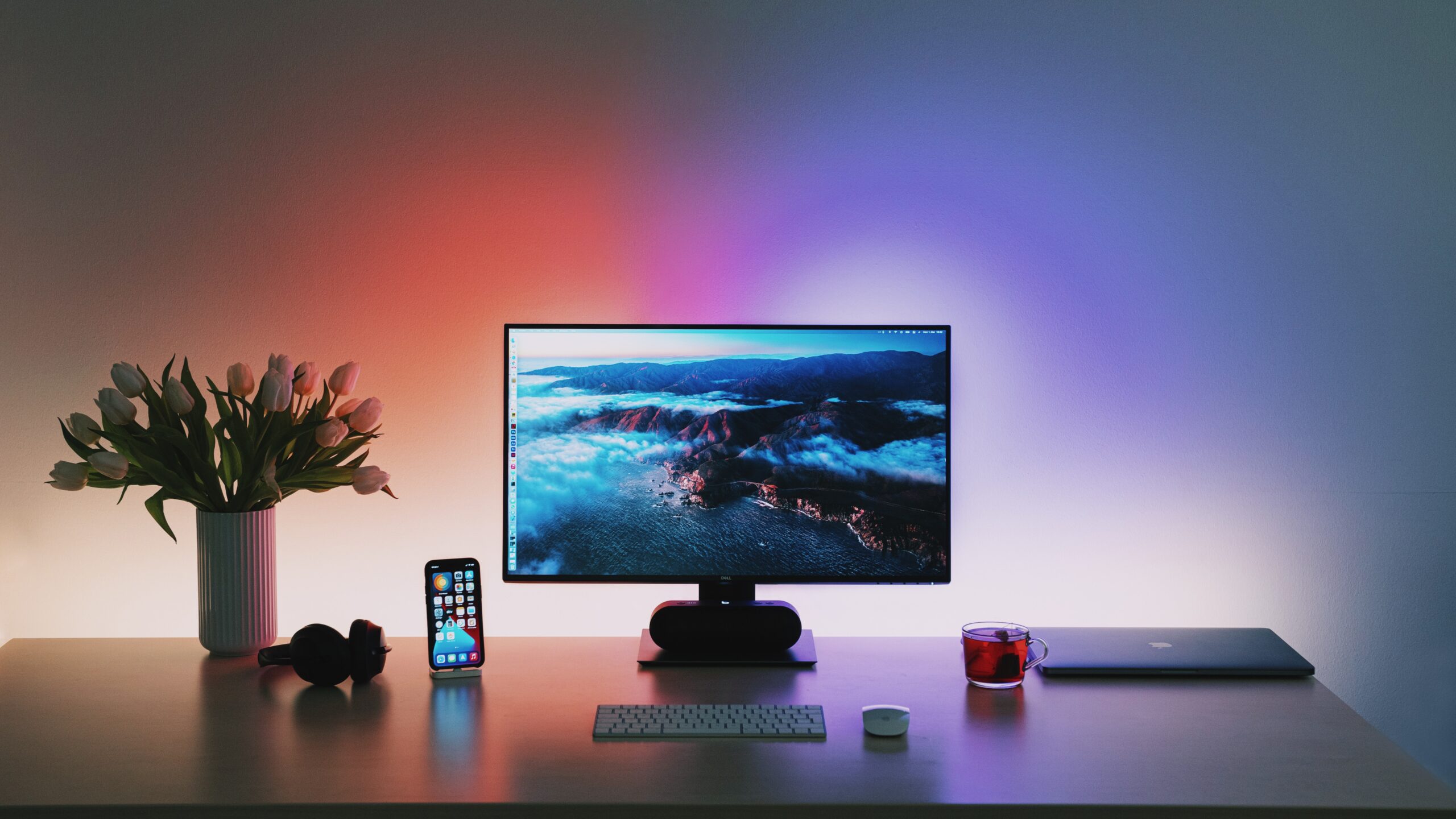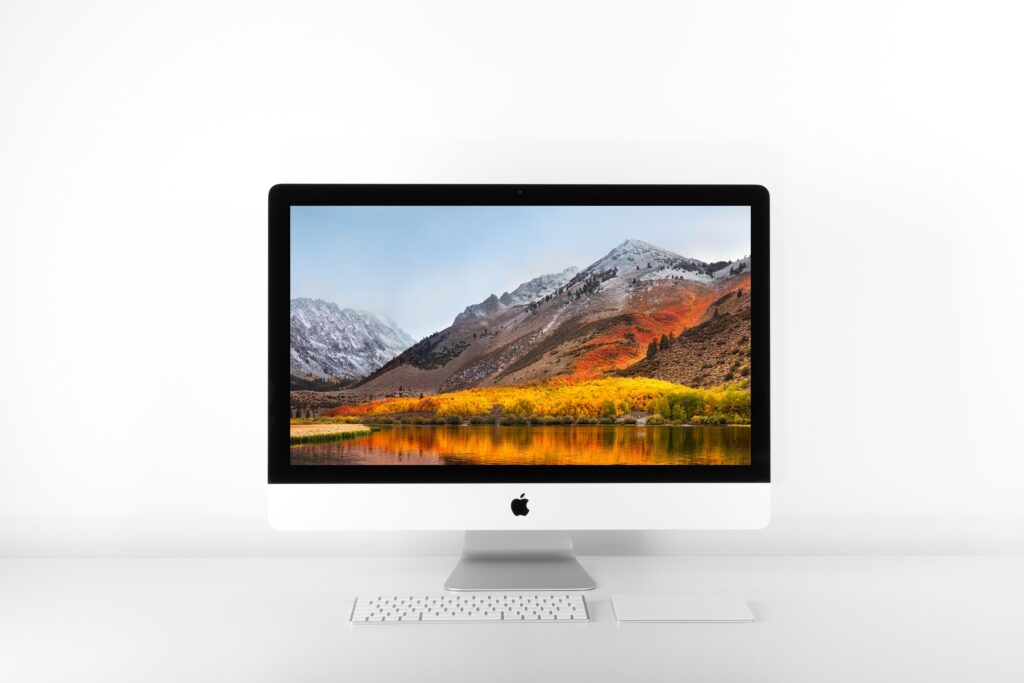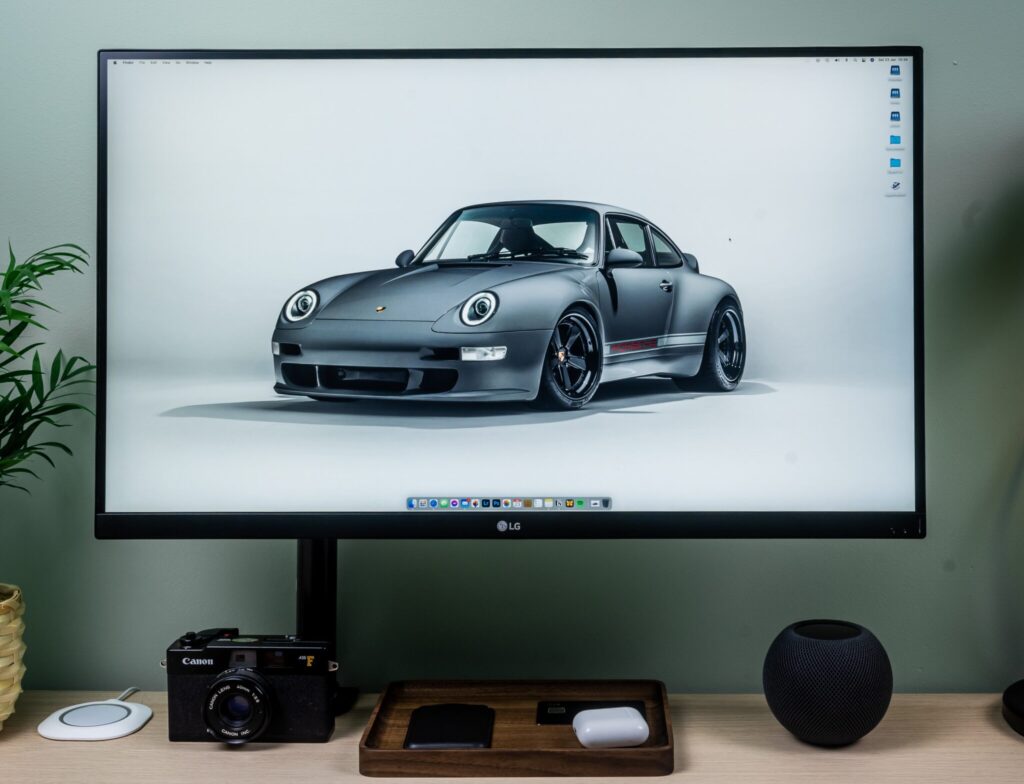
Whether you are a casual user or an aspiring pro-gamer, having the right computer screen can make a world of difference. Finding the perfect monitor for your needs may seem like a daunting task – with so many options out there, it’s difficult to decide which one is best. That’s why we created this post: to guide you through all of the details needed to help you make an informed decision when selecting a monitor that fits your computing requirements and budget. With factors such as display type, resolution and size in mind, let’s explore what aspects you should consider before investing your hard earned money in that new shiny piece of tech!
When selecting a computer monitor, size is an important factor to consider. Depending on how you plan on using the human interface device, it could range from fifteen inches to thirty-two inches of screen size. For work, commonly larger screens are needed in order to fit multiple windows and enhance productivity. On the other hand, if gaming is your goal then perhaps size isn’t as big of a concern – as long as it has the specs you need according to your performance preferences (for example refresh rate). Ultimately, finding the correct balance between screen size and specs for your expected tasks should be your first priority when selecting a suitable computer monitor for yourself.

When it comes to gaming or video editing, having the right monitor with the necessary specs is of prime importance. Two of the core specs to pay attention to when purchasing a monitor are refresh rate and response time. Refresh rate is how frequently images are updated on the screen and response time dictates how long it takes for a pixel in the screen to change colour. A longer response time can lead to blurring of motion while a higher refresh rate allows you to experience smoother visuals. If either of these figures is too low, it could impact your overall experience leading to an unsatisfactory result. So if you’re looking for an enjoyable gaming or video editing session, make sure you check these vital specs before committing to any monitor.
When you’re in the market for a new monitor, it is important to make sure you equip yourself with the right resolution. This will ensure that all the sharp images, text, and colours that your computer can produce are displayed perfectly on the screen. Consider your needs; higher resolutions mean more clarity and detail which can come in handy if you’re looking at drawings or CAD models often. On the other hand, if you don’t need to look at high resolution data then something simpler is adequate. Make sure to check the resolutions available on any monitor you consider buying so you get one that’s exactly tailored for your needs.
Choosing the right monitor can be an important part of improving your digital experience. When considering panel type, it is worth looking into the different types available and determining which suits your needs best. From low power LCDs to ultra high refresh rate displays, there are monitors that will work for all budgets and expectations – from those who need precise colour accuracy for photo-editing tasks to avid gamers in search of smooth gaming performance. Whatever you use your monitor for, there is a panel type out there that’s perfect for you!

With the huge array of computer screens now available on the market, it can be tricky to know what to look for when selecting one. Connectivity is a key area and considering the cables available is important: are they HDMI, DVI, or DisplayPort? All these acronyms can be daunting if you’re not familiar with them, but in reality their purpose is simple. HDMI is typically used for high-definition videos and for gaming since it offers an all-in-one connection. DVI ports are considered more suitable for computers than TVs since they have no audio support. And lastly, DisplayPort is more versatile – allowing more bandwidth, higher resolutions and even powering displays with just one cable! Decide what your needs are and consider your connectivity options before buying a monitor.
It’s important to pay attention to picture quality when choosing a monitor. Not all monitors deliver the same visual experience, so it’s necessary to spend a bit of time testing out the pictures before committing to buy. Look for high resolutions, contrast ratios and refresh rate; these are all factors that ensure you get the best display available. If you’re unsure of the technical specifications, it’s always a good idea to ask someone who can provide more advice or even do an online search for details on what type of elements contribute to a better quality picture on your screen.
Computer screens, or monitors, are integral to the experience of a computer. By understanding the size you need, what refresh rate and response time is best for gaming and editing videos, and the resolutions available, you can shop for a computer monitor with confidence. Panel types vary from low power to high refresh rates, so look into what suits your needs best. Additionally, different types of cables like HDMI, DVI and DisplayPort are included with various models – check before you buy so you don’t have compatibility issues later on. Finally, picture quality is essential – use trial and error when looking around for a new monitor to make sure you get exactly what it is that you need.
All these things in mind can help with an informed purchase decision. Once it’s time to buy your new screen – whether for work or gaming – do plenty of research to find something that fits both your budget as well as your needs! Let us know what screen you use!